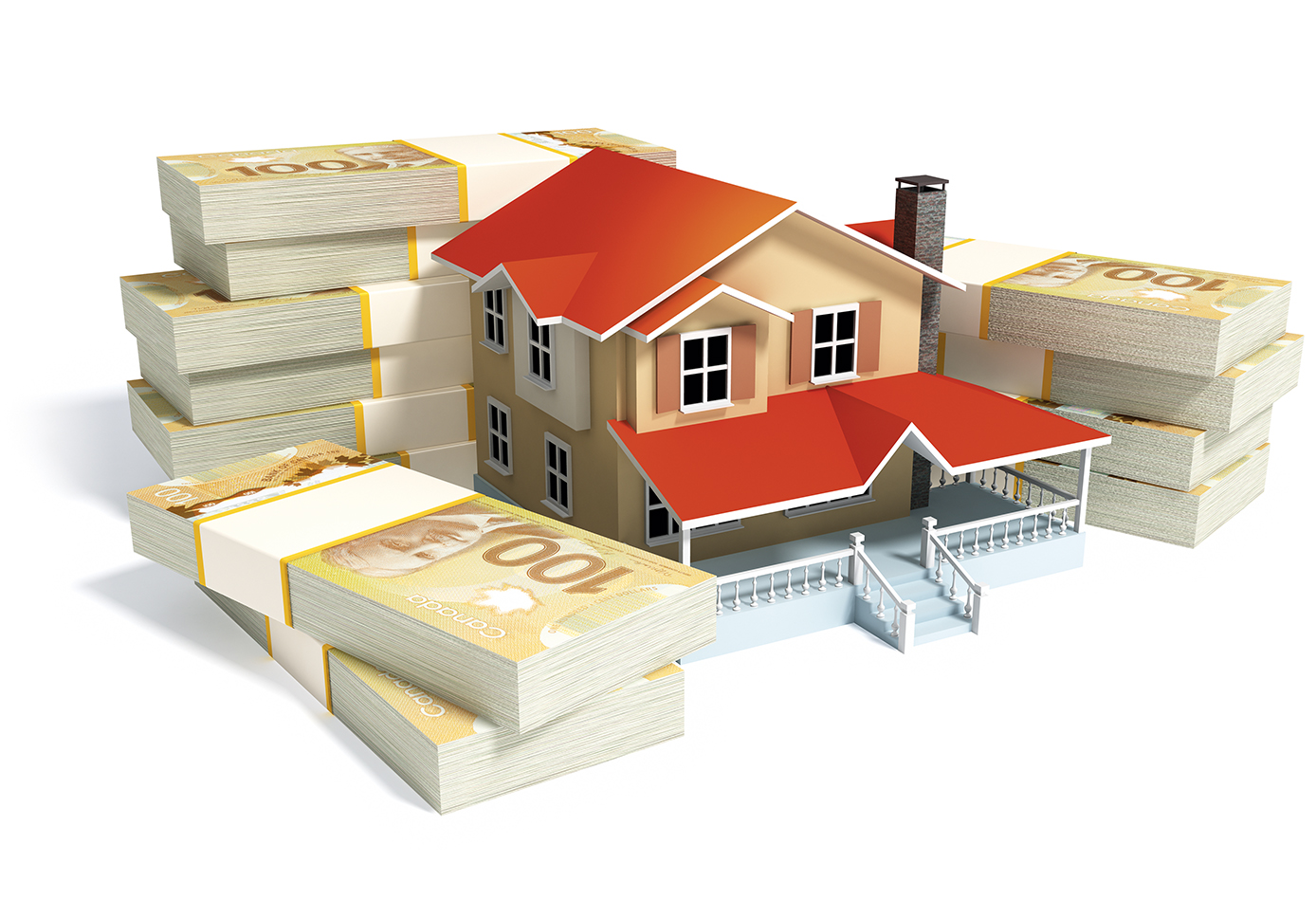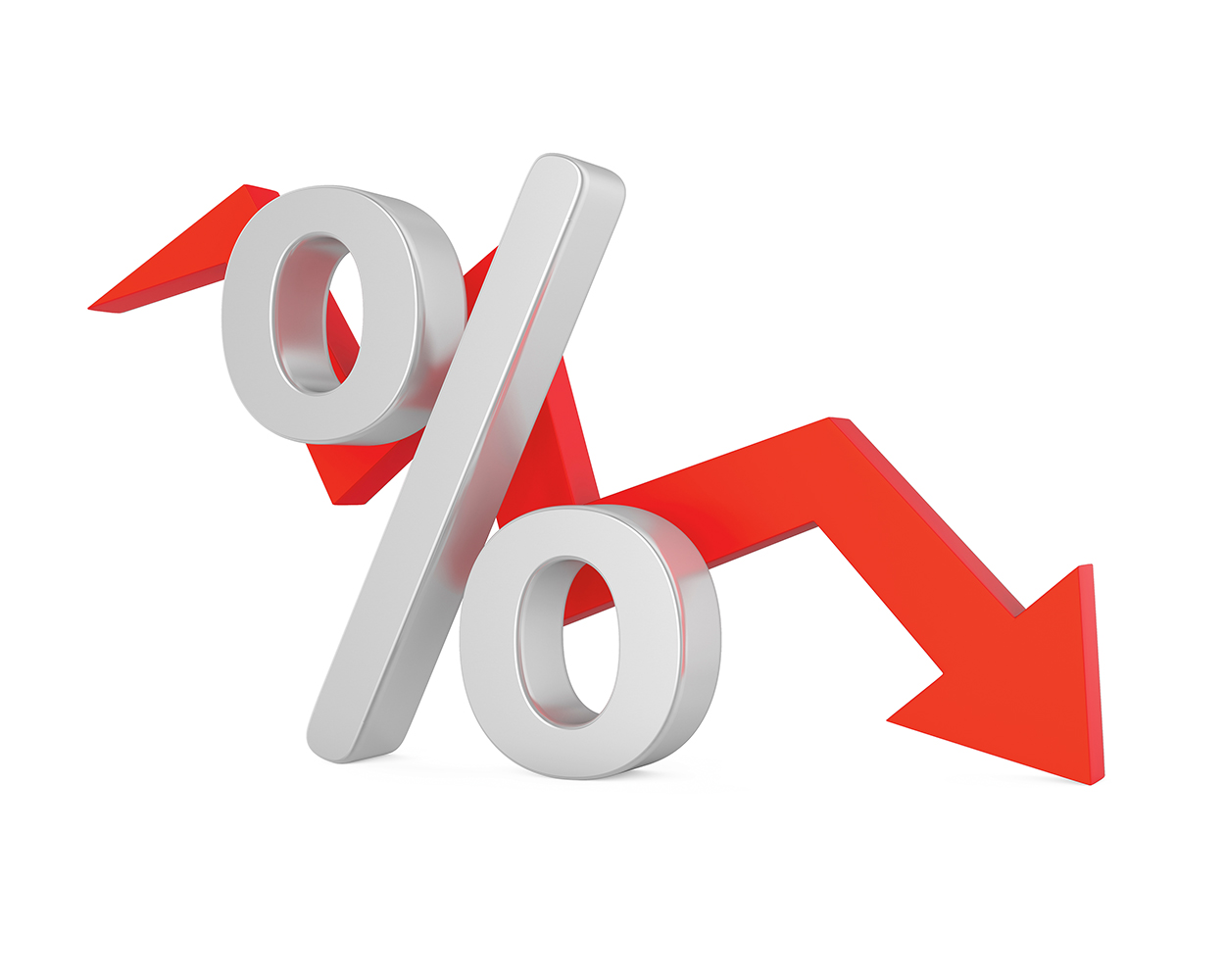A reverse mortgage may be just the thing to provide the money you need—or it may be a very bad idea. It depends on your situation
By Olev Edur
Photo: iStock/cogal.
Cheryl and Alan Winters, retired 60-somethings living in Vancouver, have a mortgage-free home worth more than $1 million, but with their incomes coming from Canada Pension Plan (CPP), Old Age Security (OAS), and a small amount of savings, they’re finding that day-to-day expenses are eating up everything.
The couple would like to have some fun in their golden years—travel, entertainment, dining out—but just can’t seem to afford it. They don’t want to sell their home, and taking out an expensive loan doesn’t seem like a good idea from a financial perspective. The cash flow conundrum has led them to consider the idea of a reverse mortgage.
“This is the only option we’ve found so far that gives us some free cash without having even more bills to worry about, and it lets us keep our home at the same time,” Cheryl says. “It sounds to us as if it would be smarter than selling the house and downsizing or taking out a loan.” Nevertheless, the couple aren’t sure reverse mortgages are a good idea from a financial point of view. They wonder about the pitfalls of these arrangements and what they should look for in a reverse mortgage contract.
Questions about reverse mortgages and the details involved are being asked more and more often by retirees in the same situation as the Winterses: house-rich and cash-poor. And for some retirees, reverse mortgages may indeed be the best—and possibly the only—solution to their cash needs. But these arrangements are definitely not for everyone, and many financial advisors suggest that they be considered only as a last resort, after all your other options have been explored.
“You’ve got to do your homework,” says Carol Bezaire, vice-president of tax, estate, and strategic philanthropy at Mackenzie Investments in Toronto. “You need to get independent professional advice and look at all the alternatives. These are complicated financial products, and there are a lot of factors to consider. It’s not a case of one size fitting all.”
What is a reverse mortgage?
A reverse mortgage is a mortgage secured by the equity you have in your home, but with a number of unique features that make it unlike a typical mortgage. For one thing, you never need to make any payments on the loan while you own the home, although this means your debt will compound unchecked, and that gets expensive over the years.
When the house is eventually sold or the owner passes on, the loan (plus accrued interest and possibly penalties) is recaptured (as with all mortgages, there can be penalties for untimely payment, although in some cases those can be waived). Nevertheless, the amount that must be repaid can never exceed the value of your home, regardless of what happens to house prices and interest rates. And you can never be kicked out of your home for missing payments, no matter how big the debt grows.
The money you receive from a reverse mortgage is tax-free and doesn’t affect your entitlement to OAS, Guaranteed Income Supplement (GIS), or other income-geared benefits. You can spend the money any way you want—to supplement your income, pay medical bills, take a dream vacation, renovate your home, or buy a new car, for example.
There are, however, a number of restrictions on who can get a reverse mortgage and how much someone can get. First, reverse mortgages can be applied only to principal residences, not to cottages or second homes, and generally require at least $100,000 of owner equity. The mortgage issuer wants first dibs on future home-sale proceeds, so if you have an existing mortgage or home equity loan against the property, those obligations must be discharged with the proceeds of the reverse mortgage (or your savings) before you can get what cash remains.
To qualify for a reverse mortgage, you must be 55 or older (if you’re married, this age requirement must be based on the younger spouse’s age). The older you are, up to a point, the more you stand to receive, since the issuer’s risk declines as the actuarial window shortens. So if, for example, you’re 65 with a spouse aged 56 and you still have a bit of mortgage on a modest home outside a big city, you might not qualify for a reverse mortgage at all, or you may qualify for such a small amount as to render the transaction impractical. If you’re single, aged 80, and live downtown in a big city, on the other hand, you might qualify for close to the maximum.
“There’s another stopper to consider,” Bezaire says. “Eligibility is 55-plus, but a lot of people in this age group are widows, and they often put their property into joint ownership with a son or daughter, perhaps to avoid probate. The daughter may be in her 30s or 40s, and if her name is on the deed, they won’t qualify for a reverse mortgage. No need to even bother applying.”
How much money can you get from a reverse mortgage?
The exact amount you can borrow with a reverse mortgage depends on a number of variables, including your (or your spouse’s) age, the market value of your home, its precise location, and the type of structure it is, as well as your choice of mortgage issuer.
Until a few years ago, the CHIP (Canadian Home Income Plan) reverse mortgage, offered by HomEquity Bank and available through many mortgage brokers and financial institutions across Canada, was the only choice in this country.
More recently, the PATH Home Plan from Equitable Bank (which became a chartered bank in 2013) has become available for homes located in large urban centres of British Columbia, Alberta, and Ontario. While the two plans are similar, there are some notable differences.
For example, the maximum that can be expected from a CHIP reverse mortgage is 55 per cent of your home’s market value, whereas with PATH you can get a maximum of 40 per cent of the home’s market value, up to a dollar limit of $400,000. (You can get free online estimates of your entitlement at either company’s website: chip.ca and equitablebank.ca.
The PATH website notes that with that plan, a 60-year-old could expect to receive a maximum 15 per cent of house value; a 70-year-old, 25 per cent; and an 80-year-old, 35 per cent; PATH loans aren’t issued to those older than 83.
Once you’ve been approved, you can choose to receive your funds in a variety of ways, depending on your needs: as a single lump sum, individually timed payments, regular income, or some combination thereof. Interest is levied only on amounts advanced, and various options are available for making partial repayments if desired.
How much does a reverse mortgage cost you?
The big knock on reverse mortgages is that they are an expensive way to get financing. The interest rate on a typical reverse mortgage will be considerably higher than for a regular first mortgage or home equity line of credit (HELOC). At press time, for example, posted rates for CHIP reverse mortgages ranged from 5.39 to 5.99 per cent, depending on the mortgage term and whether it was fixed or variable. Rates for PATH ranged from 5.64 to 6.24 per cent.
At the same time, posted first mortgage rates ranged around three to four per cent; HELOCs were typically a half percentage point higher. Unsecured lines of credit ranged from seven to nine per cent, while personal loans and credit cards ranged from 10 per cent upward. So, while reverse mortgages are cheaper than personal loans, they still cost more than HELOCs and first mortgages. And while six per cent might sound mild, at that rate, a $150,000 loan can soar to $270,000 in 10 years’ time. “People don’t realize how quickly it mounts,” Bezaire.
There are other costs with a reverse mortgage, as well, although most are typical of mortgages or HELOCs, too. According to the website of Michael Sneddon, a chartered accountant and licensed mortgage agent with Dominion Lending Centres Edge Financial in Toronto, these added costs can include:
1) Property appraisal (cost ranging from $150 to $400, typically $300). This must be paid out of pocket and is non-refundable, whether you take out a reverse mortgage or not.
2) Legal fees. The PATH process actually requires you to obtain independent legal advice, and this can cost from $450 to $700, according to Sneddon, but typically runs around $600. It can be paid from the reverse mortgage proceeds.
3) Legal, administrative, and set-up costs of $1,750. These are typical of all mortgages and can be paid from proceeds, as well.
As a result, the total cost of entry can range between about $2,000 and $3,000, typically running about $2,650. In addition, there may be costs involved in discharging any existing debts. And there may be penalties if, down the road, you decide to sell the home mid-mortgage.
“A reverse mortgage is still a mortgage,” Bezaire says. “It will have the same basic terms, including penalties for paying early.”
So if you’re looking for only, say, a $10,000–$20,000 loan, high interest plus initial costs can combine to make reverse mortgages very uncompetitive. But what else is there, if you want to get your hands on a chunk of cash and don’t want to sell your home? What are the alternatives to a reverse mortgage? Find out here… (article continues)






